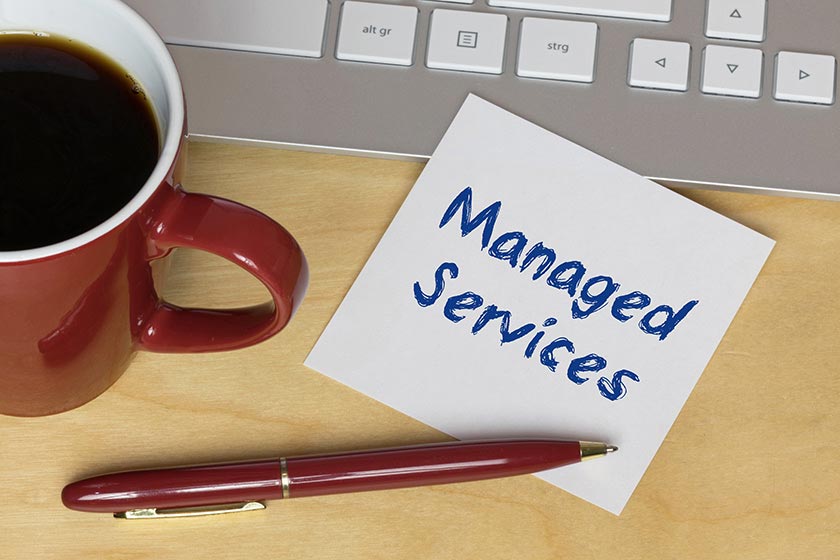The funnel is divided into three stages to represent the marketing strategies used to nurture interest, and thereby a prospective buyer’s progression through the sales process. The sales funnel stages are illustrated in the diagram below.
This diagram can be used to represent any source of leads. In this post, we are going to focus on your website as the principal starting point for your buyers. It’s safe to say that these days, virtually all prospective buyers will research their options on the web, and consume web content as the key ingredient of their product or service evaluation.
Of course, you want as many visitors as possible to your site—it’s the equivalent of foot traffic at the shopping mall. So it’s a worthwhile investment to spend time and a little bit of money on search engine optimization (SEO) and pay-per-click (PPC) strategies to increase traffic. Once they’re in place, your content must successfully convert site visitors into registered leads. This can be done with a strong “offer”and compelling “call to action” (CTA), with a landing page that collects information about your suspect.
The first two metrics you care about are the number of unique visitors to your site and the conversion rate of visitors into leads. You can use educational content, such as white papers, tutorials, eBooks, and checklists, as “Top of Funnel” marketing activities.
The next step is to qualify your suspects (unqualified leads) into prospects (qualified leads) with a lead scoring strategy of some kind. There are countless ways to score leads, but the key is building a lead scoring formula that works for your business and can be used consistently across all sources of leads.
The next metric to care about is the qualification rate of suspects into prospects. Depending on the score, some of your prospects will be “sales-ready” leads. One method is to qualify them by looking at Budget, Authority, Need, and Timescale (BANT). Sales-ready leads should be immediately converted to opportunities and contacted by sales.
Non-sales-ready leads should either be disqualified and purged from your lead database or placed into a lead nurturing program to be qualified down the road. These “Middle of the Funnel” marketing strategies will nurture buyer interest and guide them into the buyer-zone over time, without spending valuable sales time and effort. You can use content that’s more focused and targeted at buyer interest with vehicles such as webinars, case studies, and marketing brochures that articulate the business value of your solutions.
The “Bottom of the Funnel” is where sales-ready leads are actively worked as opportunities by your sales team. Here, the role of marketing and other pre-sales resources is to accelerate the sales cycle. Free trials, demos, and assessments can be used as a precursor to a preparing a quotation or proposal. You should have boilerplate materials for all of these activities to control the consistency and accuracy of the marketing message at all stages of the sales cycle. Conducting total cost of ownership (TCO) and return on investment (ROI) analyses is a valuable exercise at this stage of the sales process. It positions the cost of your service as a means to reduce your customer’s operating expenses or to enable higher growth and organizational efficiency.
In this third and final stage of the funnel, the key metrics to track are customer close rate and average deal value. You can also apply metrics that measure the effectiveness of sales and marketing across all three funnel stages. Average sales cycle time and total marketing ROI are two ways to do this. And, of course, measuring your total cost of customer acquisition will tell you if your sales and marketing investments are in proportion to the total customer value (gross margin dollars over the life of the contract).
Remember, compelling content and consistent execution are the keys to making your metrics as strong as they can be. If you invest the right amount of time and money into content creation, marketing execution, and managing metrics, you can fuel your sales funnel effectively and accelerate the growth of your business.



